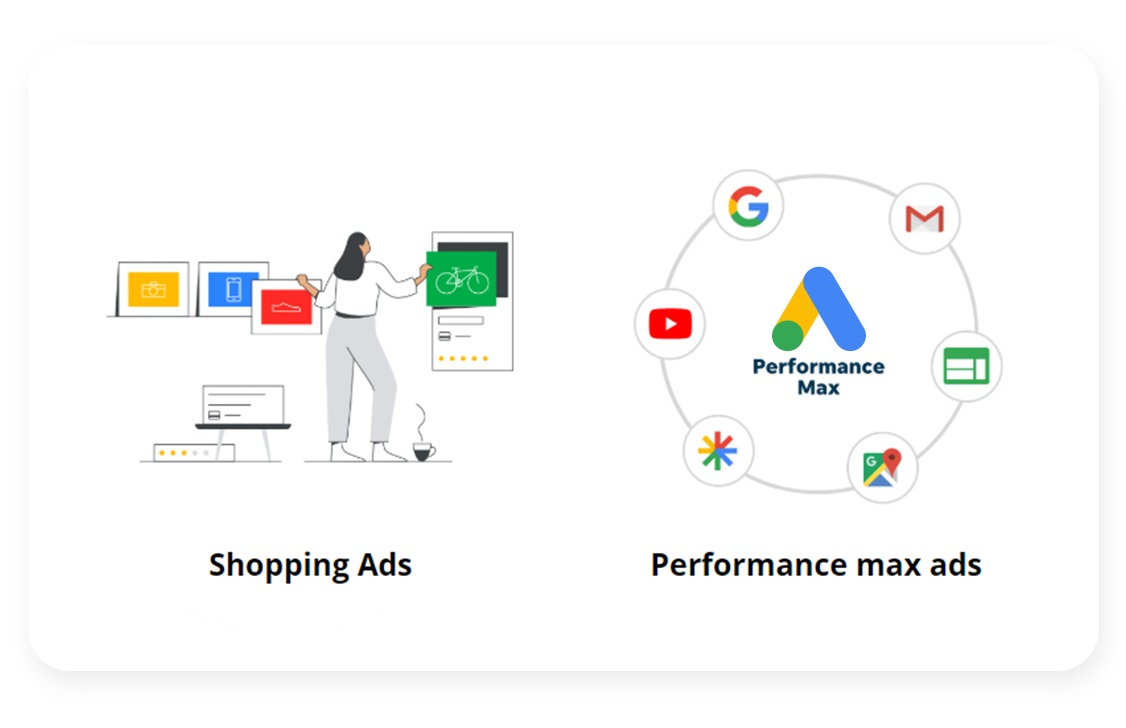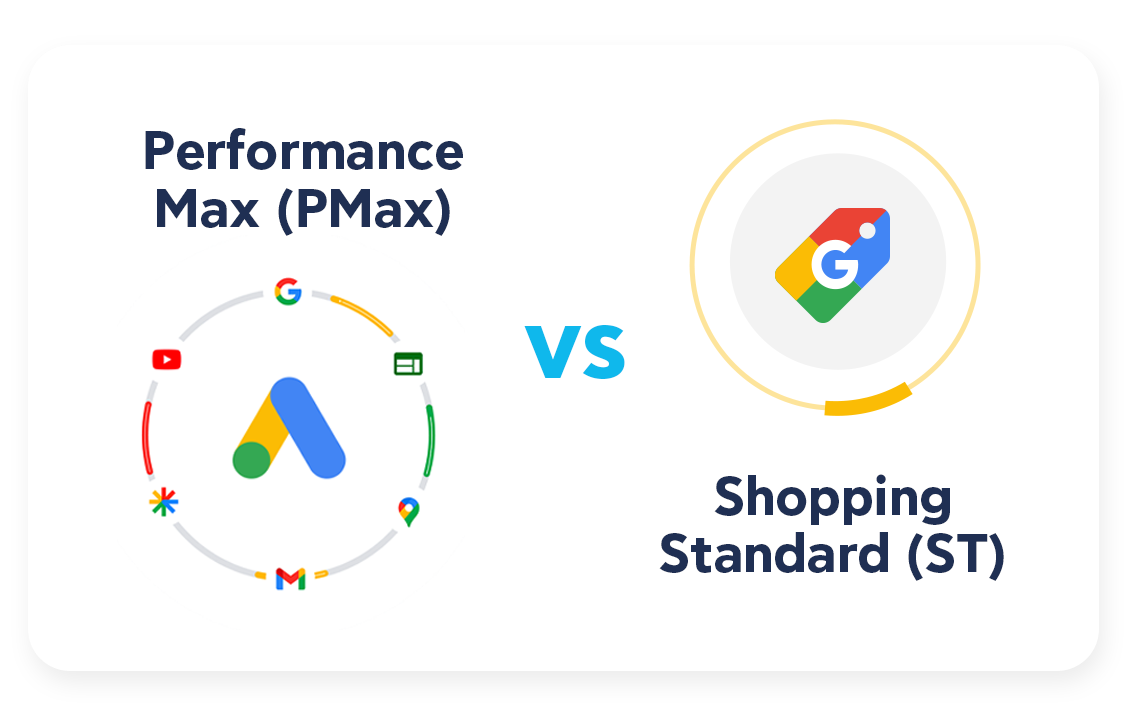Performance Max campaigns were introduced with much excitement, offering a streamlined, AI-driven solution for managing eCommerce campaigns. However, from the beginning, PMax campaigns have shown significant weaknesses in reporting and providing actionable insights. This lack of transparency made it challenging for eCommerce managers to make strategic decisions and understand key metrics, such as which networks, keywords, or audiences are driving the most profitability.
The Challenges with PMax Campaigns
One of the primary issues with PMax campaigns is their inability to provide granular data. Advertisers cannot see:
- Which specific keywords are generating conversions.
- The performance of individual networks, such as YouTube, Display, or Search.
- Audience-level performance for deeper insights into retargeting or prospecting strategies.
Instead, PMax often focuses heavily on branded searches and retargeting audiences, which naturally tend to deliver higher ROAS. While this might look impressive at first glance, it’s misleading. By combining branded traffic (from users already familiar with the brand) and last-step retargeting conversions, PMax inflates ROAS without necessarily driving incremental growth.
This lack of insight leads to skewed performance evaluations and hinders eCommerce managers from truly understanding the value of their campaigns.
Why Shopping Standard (ST) Stands Out
Standard Shopping campaigns, on the other hand, provide transparency and control, making them a preferred choice for many advertisers. Here are the key benefits of using Shopping ST over PMax:
- Access to Search Term Reports
With Shopping ST, advertisers can view search term reports, allowing them to identify and exclude irrelevant or underperforming keywords. This level of control ensures that budgets are allocated efficiently, focusing on high-performing queries while minimizing wasted spend. - Clarity on Branded vs. Non-Branded Keywords
Shopping ST provides a clear breakdown of performance for branded and non-branded keywords. This distinction is crucial for measuring the true effectiveness of campaigns, as non-branded traffic often represents new customer acquisition opportunities. - Straightforward Search Channel
Unlike PMax, which spans multiple channels (Display, YouTube, Discovery, etc.), Shopping ST focuses solely on search. This ensures that clicks come from users actively searching for products, not passive audiences on display or video platforms. This precision leads to higher intent traffic and better conversion rates. - More Accurate Bidding and Budget Allocation
Combining the transparency of search term reports with the focus on search traffic provides advertisers with a more reliable foundation for making bidding and budgeting decisions. This accuracy enables eCommerce managers to optimize their campaigns for maximum profitability.

Conclusion
While PMax campaigns might seem like a powerful tool, their lack of transparency and reliance on branded and retargeting traffic often result in inflated ROAS figures that don’t reflect true growth. Shopping Standard campaigns, with their granular reporting and focus on search, empower eCommerce managers with the insights and control needed to drive real performance.
For advertisers aiming to make data-driven decisions and achieve sustainable growth, Shopping ST stands out as a more reliable choice. When paired with advanced smart segmentation and predictive analysis offered by the Shoply Shopping Suite, it becomes an even more powerful tool for optimizing performance and driving long-term profitability.




